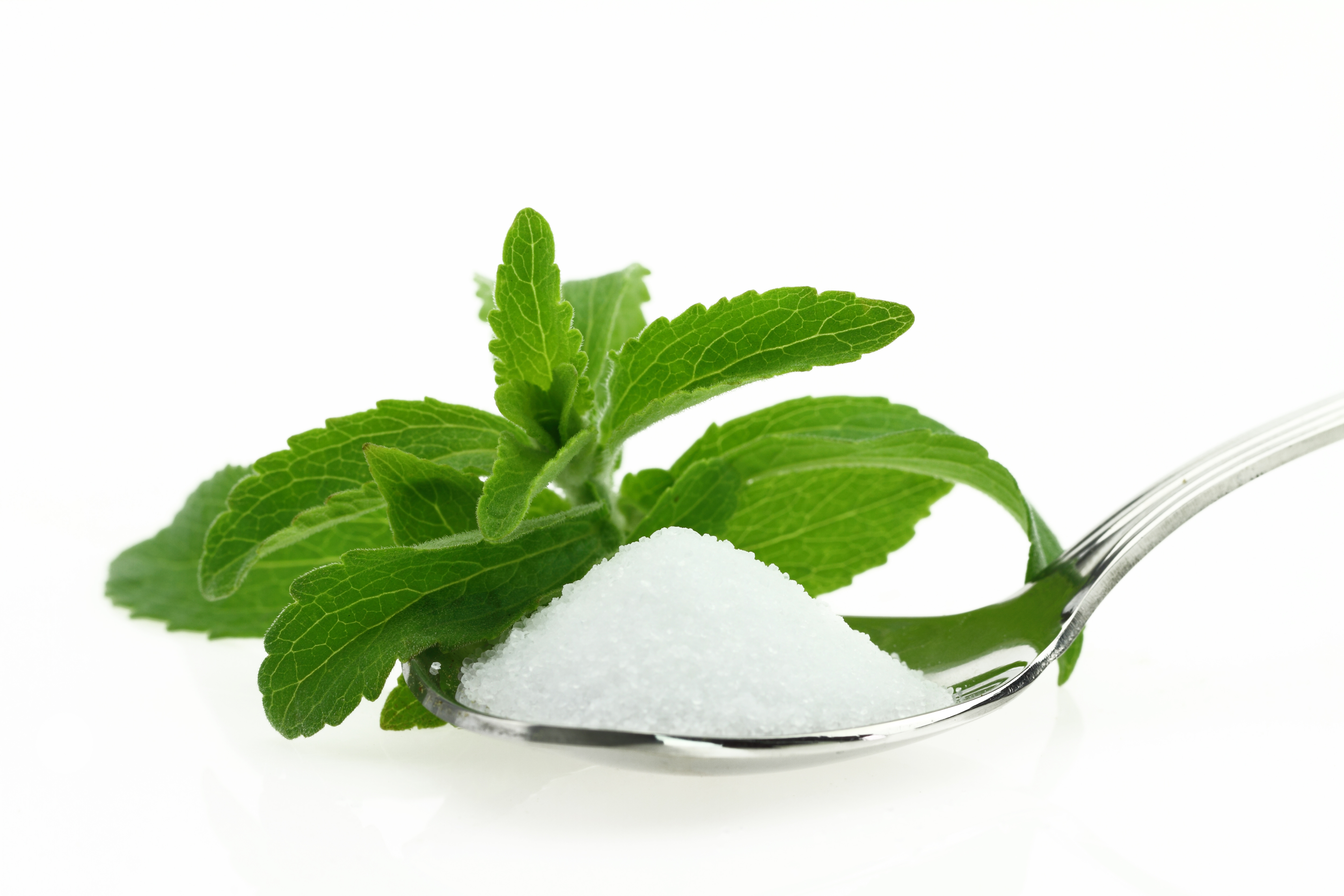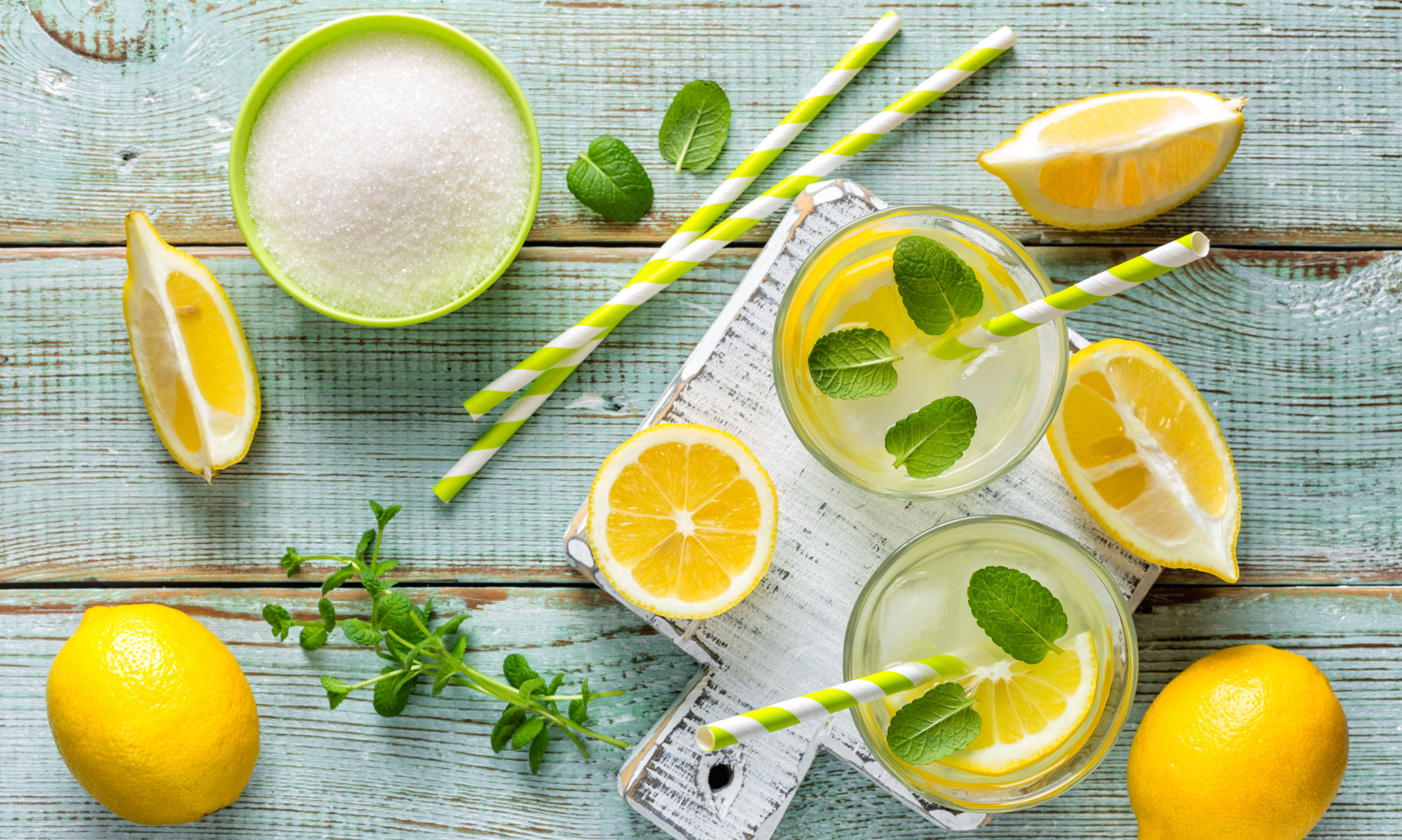
For the past few years you haven’t been able to talk about dieting and healthy eating without hearing about stevia, natural sweetener that’s becoming popular in the United States. Stevia rebaudiana is a South American plant native to Paraguay that has traditionally been used to sweeten beverages and make tea. The word “stevia” refers to the entire plant and its components, only some of which are sweet. So what’s the difference between the whole stevia leaf and the stevia you end up putting in your coffee?
Whole leaf stevia has been used as a sweetener in South America for hundreds of years. The stevia leaves were collected, dried and milled into a fine powder. Because whole leaf stevia contains both sweet and non-sweet components, it often has an licorice-like aftertaste. Over the years new technology has made it possible to extract the naturally sweet components of stevia and minimize the aftertaste to provide the type of products that we see on grocery shelves today.
In the US, the Food and Drug Administration (FDA) recognizes stevia sweeteners, composed primarily of rebaudioside A and stevioside, as Generally Recognized as Safe (GRAS) for use in foods and beverages. However, the FDA has not approved, nor accepted as GRAS , the whole leaf stevia or the use of crude stevia extracts as sweeteners. Whole leaf and crude extracts of stevia remain under review because there is inadequate safety information. Whole leaf and crude extracts of stevia, therefore, can only be sold as dietary supplements in the US.
As an all-natural sugar substitute with zero calories, stevia sweeteners can help reduce or replace calories in foods and beverages and offer low and no calorie alternatives for people looking to lose and control weight. Consuming beverages and foods with stevia sweeteners as part of a healthful diet and lifestyle, including regular physical activity, can assist with weight control and weight loss.


